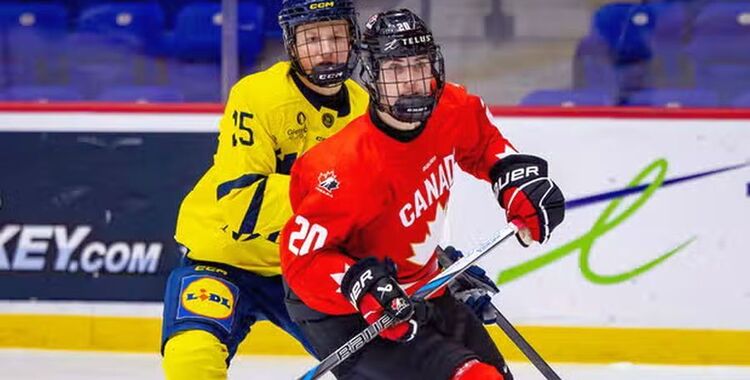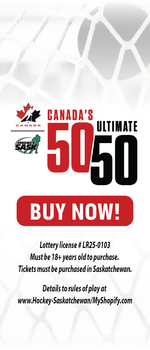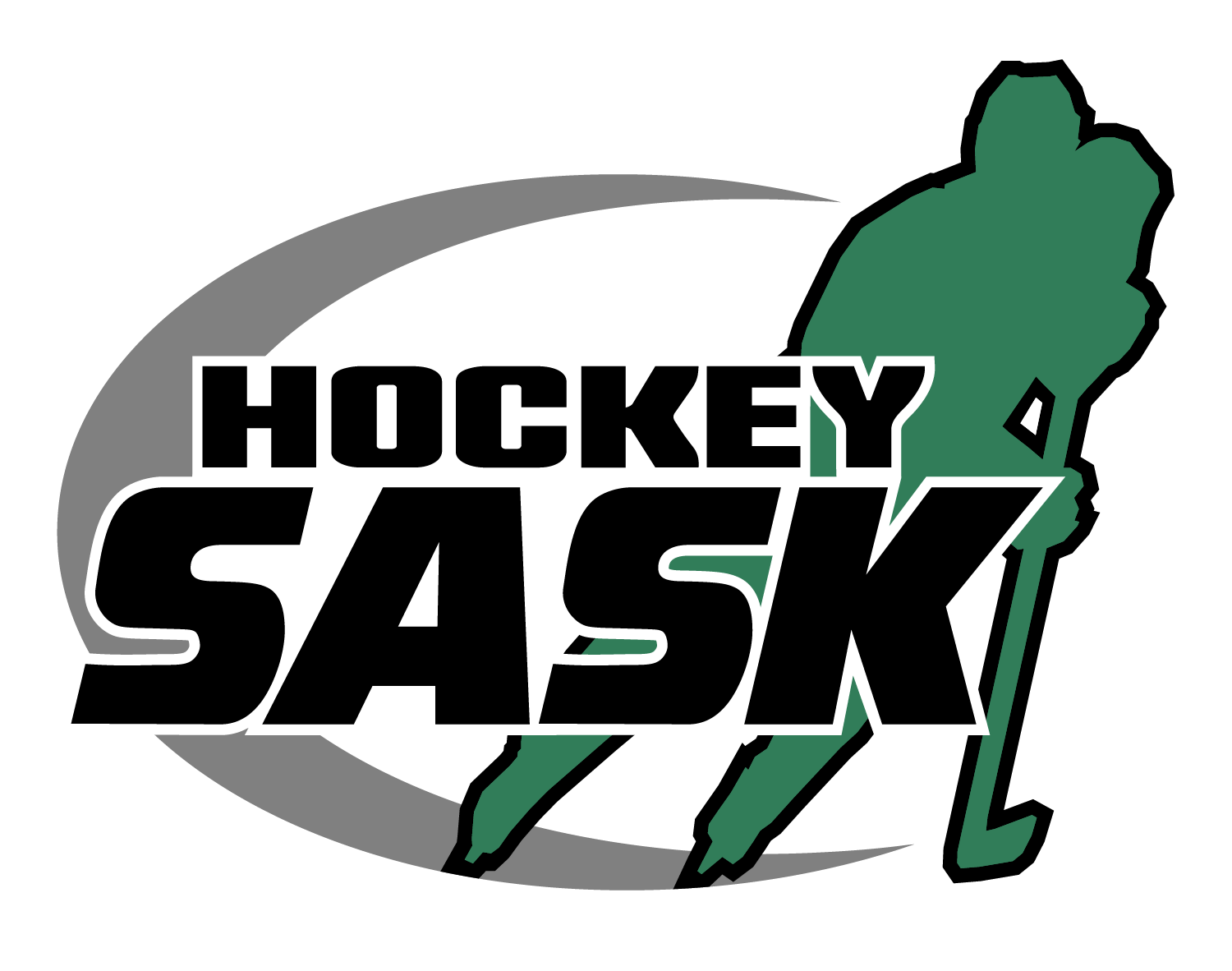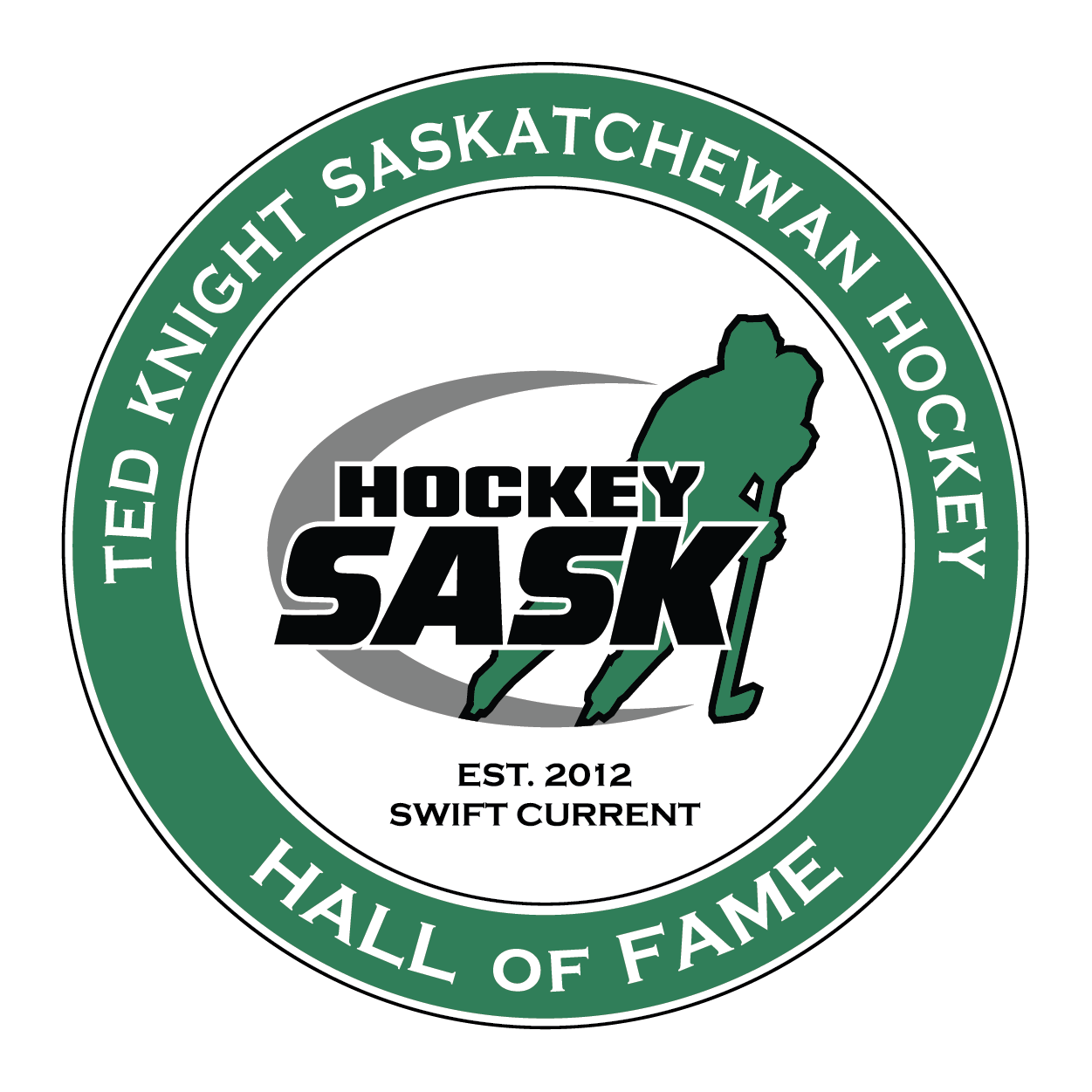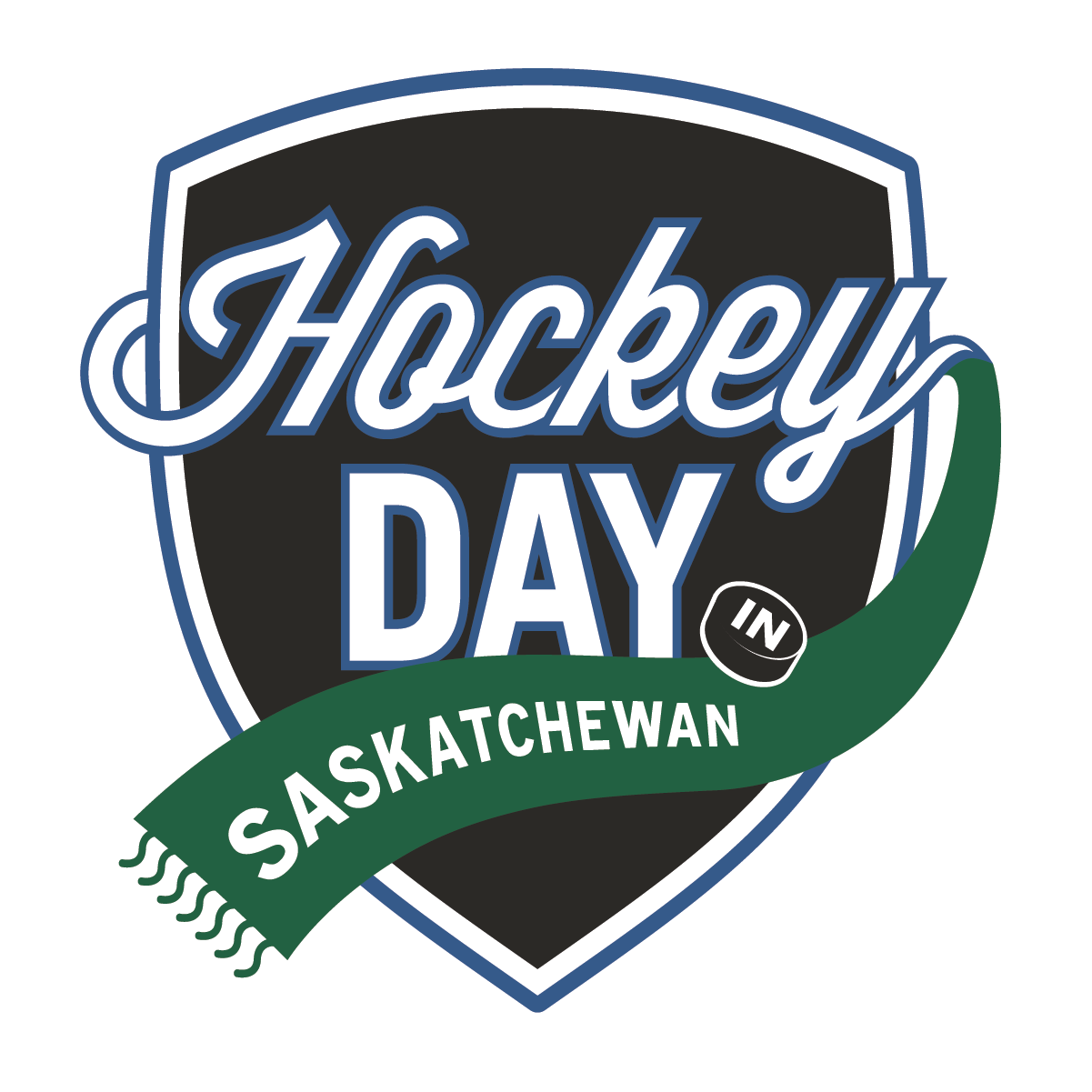Message from Hockey Canada Regarding National Equity Fund
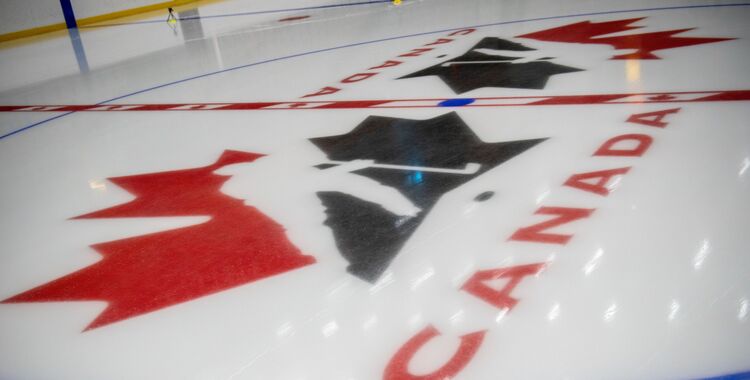
Aug 06
2022
By Hockey Canada
We recognize there are questions from players and their parents, and from members, and from Canadians more broadly about Hockey Canada’s National Equity Fund.
We want to be clear that no general registration fees were paid into the National Equity Fund. It was funded through portions of insurance fees only. The status of this fund was reported to our Membership at every Congress and a budget is presented annually.
The fund was originally created in 1986 as a form of insurance for our members because at the time, Hockey Canada was largely self-insured. It was a means for Hockey Canada to provide support to anyone who might have been injured or harmed through their participation in minor hockey.
In 1995, Hockey Canada began purchasing commercial liability insurance policies to insure against various risks. Insurance fees continued to be paid into the National Equity Fund, and were used to pay the premiums for the insurance policies, and to pay for other safety and well-being initiatives. Since 1995, the National Equity Fund has grown to fund a broad range of insurance, as well as safety, wellbeing, and wellness initiatives across our organization. In addition to paying the insurance premiums, the National Equity Fund has paid for players concussion research grants to the Canadian Hockey League, criminal record checks of Hockey Canada staff, and a range of safety initiatives. Since 1995, these premiums and activities have represented 95 per cent of the fund’s resources.
As you have heard, the fund is also used to pay for Hockey Canada’s liabilities that are not covered by its insurance. These liabilities include, but are not limited to, settlements for catastrophic injuries and to victims of sexual assault that pre-date the commercial insurance coverage. The latter includes victims of Graham James and Gordon Stuckless, for whom it was not possible to put the claim through commercial insurance, because the abuse took place before we had commercial coverage.
We recognize this is deeply troubling to our Members and to parents, but we also want to emphasize the importance of providing victims with the support they need in cases of assault, catastrophic injury, or abuse where Hockey Canada could be found at fault for the injuries suffered, or vicariously liable for the conduct of its employees, volunteers, or members. In his recently released Interim Report, the Honourable Thomas Cromwell, C.C. confirmed that the establishment of reserve funds to address the risk of uninsured and under-insured claims was a sound decision, and that failure to have done so would have been a serious oversight.
We also want to be clear that we have heard from you, and parents, and to confirm that we have stopped using the fund to settle sexual assault claims, pending the outcome of our governance review by an independent third party. It is important to understand, however, that if Hockey Canada is at fault, or vicariously liable for the fault of others, it has an obligation to compensate the victims of the wrongdoing for their injuries under our legal system. The funds to pay these obligations have been paid out of the National Equity Fund in the past, and will have to be paid from Hockey Canada’s resources, including reserve funds, in the future.
We recognize we have significant work to do to rebuild trust with Canadians. We know we need to be held and hold ourselves accountable. That is why, as part of our Action Plan, we are conducting a full governance review of our organization that is being undertaken by the Honourable Thomas Cromwell, C.C. This review will include a review of our use of the fund to pay settlements to victims of sexual abuse, and the interim report has confirmed that the use of a reserve fund is appropriate.
Following the governance review, we will take any additional steps that are recommended to fund compensation for uninsured claims where Hockey Canada has liability to the victim, and to ensure greater transparency about that process.
Canadians have been loud and clear: you expect our national sport and those representing it to work hard to earn your trust each day. We have heard you and are committed to making the changes necessary to allow us to be the organization you expect us to be, and to restore your confidence and trust in us.
More information on the National Equity Fund is below. If you have any questions, please do not hesitate to contact me directly.
Sincerely,
Brian Cairo
Chief Financial Officer
Hockey Canada
Q&A
What is the National Equity Fund?
The National Equity Fund was a fund that was created in 1986 to provide insurance to our Members, as a means for Hockey Canada to support anyone who might have been injured or harmed where their own insurance policies were insufficient, and Hockey Canada was liable or vicariously liable for the harm.
Since that time, it has been expanded to fund a broad range of safety, wellbeing, and wellness initiatives across our organization. This includes, but is not limited to, paying insurance premiums, concussion research grants to the Canadian Hockey League, criminal record checks of Hockey Canada staff, as well as safety initiatives.
Why does Hockey Canada have it?
Until the mid-1990s, Hockey Canada did not purchase insurance policies – it was self-insured. Since 1995, Hockey Canada has purchased insurance policies to help manage risk. The premiums for this insurance were paid through the National Equity Fund. The fund also pays for a broad range of safety, wellbeing, and wellness initiatives across our organization. This includes, but is not limited to, the insurance premiums, concussion research grants to the Canadian Hockey League, criminal record checks of Hockey Canada staff, as well as safety initiatives. These represent about 95% of the fund payments since 1995.
The fund is also used to pay uninsured claims where Hockey Canada was liable or vicariously liable for the harm, and which are not covered by insurance policies.
How are registration and insurance fees allocated?
Hockey Canada Members pay Hockey Canada an annual fee of $23.80 per player, which includes both a registration fee and insurance fees.
The registration fee is allocated exclusively to general operations, for example, our programming, facilities, and staff.
Insurance fees are allotted into different funds with specific insurance and risk management purposes. By pooling insurance fees together, our Membership pay much lower and more stable fees than if they had to purchase insurance individually. For example, between 2000 and 2017, there was no change to Members’ insurance fees.
The allocation of the registration and insurance fees is outlined below:
|
Type of Fee |
Amount/ Participant |
Paid into |
|
Director’s and Officers Insurance |
$2.00 |
National Equity Fund |
|
General Liability Insurance (includes sexual misconduct coverage) |
$8.90 |
National Equity Fund |
|
Safety/Admin |
$2.75 |
National Equity Fund |
|
|
|
|
|
Medical and Dental Insurance |
$2.00 |
Health and Benefit Trust |
|
Accidental Death and Dismemberment Insurance |
$5.15 |
Health and Benefit Trust |
|
Total Insurance |
$20.80 |
|
|
|
|
|
|
Assessment/Registration |
$0.00* |
General Operations |
|
|
|
|
|
Total Fees per Player |
$23.80 |
|
* Please note that the participant assessment fee rate was reduced from $3.00/participant to $0.00/participant reflecting a suspension of By-Law 11.3. As a result, assessment fees are not required to be remitted to Hockey Canada during the 2022-2023 season.
Does the Health and Benefit Trust pay Uninsured Claims?
The Health and Benefit Trust is a separate fund used for specific purposes - covering some medical or dental expenses up to a maximum of $5,000, that are not covered by other insurance. None of the fees paid into the Health and Benefit Trust are used to pay uninsured sexual misconduct claims against Hockey Canada.
How is the National Equity Fund reported to Members?
The status of the National Equity Fund was reported to our Membership at every Congress and a budget is presented annually. The notes to the most recent financial statements state: “The National Equity Fund Balance has been accumulated as precaution against judgments that may be made against the organization as a result of current or future claims.” It has also been reported and audited in our financial statements since the early 1990s.
Why does Hockey Canada have Sexual Misconduct Insurance?
In 1998, largely in response to the crimes committed by Graham James, Hockey Canada added sexual misconduct coverage to its general liability insurance.
When setting up the sexual misconduct insurance, it was recognized that insurance would not cover historical claims, including new claims which may be made against known perpetrators, such as Graham James or others.
Both then and now, Hockey Canada felt a responsibility to potential victims who
have claims against Hockey Canada that may not be covered by its sexual misconduct insurance.
Doesn’t Hockey Canada purchase corporate/commercial insurance like other companies do?
Hockey Canada began purchasing commercial general insurance in 1995 and has broad coverage for most risks that it faces. However, not every risk can be insured. In addition to its other uses, the National Equity Fund is available to cover these uninsurable risks.
What is the fund used for in addition to Hockey Canada’s insurance premiums?
In addition to paying insurance premiums and deductibles, the fund pays for concussion research grants to the Canadian Hockey League, criminal record checks of Hockey Canada staff, and safety initiatives.
These activities represented about 95 per cent of the fund’s activities since 1995. It is standard insurance industry practice for an insurance policy to cover certain claims and not others. As with any liability insurance that is purchased, there are always unforeseen circumstances where some claims are not insured, although Hockey Canada, its employees or volunteers might be found to be at fault. The fund is also used to pay these amounts.
Graham James’ settlements make up $6.8 million (89 per cent) of the total paid out to victims. These were historical claims, which pre-dated our insurance policy, and as a result were not covered.
For the time being, the fund will no longer be used to fund the settlement of sexual assault claims. As part of our Action Plan, we are undergoing a full governance review of our organization conducted by the Honourable Thomas A. Cromwell C.C. This will include a review of the use of the fund to cover uninsured sexual abuse claims.
Following the governance review, we will take any steps that are recommended
to fund these claims where Hockey Canada has liability exposure.
How many sexual abuse claims have been settled through the fund?
From 2000-2021, there have been ten uninsured payments to ten sexual assault victims out of the National Equity Fund, totaling $7.6 million. These payments represent 3.7 per cent of all disbursements (including insurance premiums) made over the same period.
These payments were made to these victims in recognition of the harm caused by former Hockey Canada employees or volunteers, and to support the victims’ well-being and needs.
Three known perpetrators are responsible for nine of these cases and related payments: Graham James (5), Gordon Stuckless (2) and Brian Shaw (2).
How will sexual abuse claims be settled going forward?
As we have stated, we stopped use of the National Equity Fund for funding the settlement of sexual abuse claims.
As part of our Action Plan, we are undergoing a full governance review of our organization. This will include past use of the fund to pay these claims and recommendations concerning how such claims should be paid going forward.
Following the governance review, we will take any steps that are recommended.
Why did you use the National Equity Fund to settle allegations of sexual misconduct in 2018?
In May 2022, Hockey Canada drew from the National Equity Fund investments when settling allegations of sexual assault made against individuals of the World Junior team in 2018. It was unclear at the time whether the claim would be covered by our insurance policies. We still intend to seek recovery from our insurance companies, if possible, but we did not want the settlement to be held up by the process of confirming whether the claim was covered or not.
As a named defendant, Hockey Canada had two options: settle or litigate. Settlement allowed Hockey Canada’s and the young woman’s legal counsel to work together to agree on a resolution that met the young woman’s needs in a way that respected her wish for privacy and did not revictimize her. Litigation would require the young woman to pursue the claim and expose her to a protracted court process.
Recent media reports publishing the contents of videos and text messages shared by anonymous players has revealed how challenging a court process can be for a complainant. We did not think that a prolonged lawsuit would be in the best interests of the complainant. Even if the court dismissed the claim, the process would have subjected the complainant to immense public scrutiny and pressure. We decided to settle the claim without litigation.
Related Articles
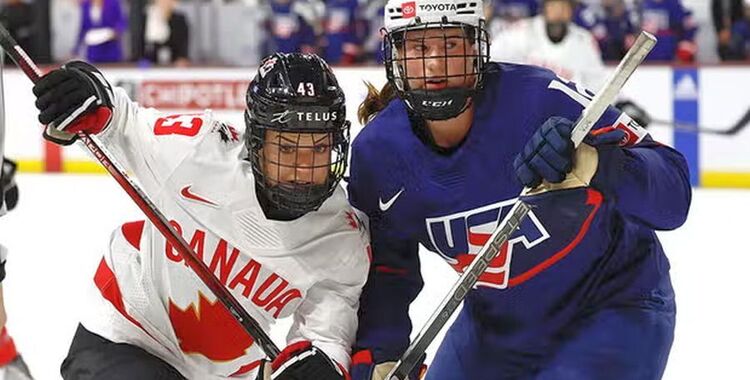
National Women’s Team Roster Named for Rivalry Series Games in Edmonton

World Juniors 50/50 Returns to Support Grassroots Hockey Across Saskatchewan
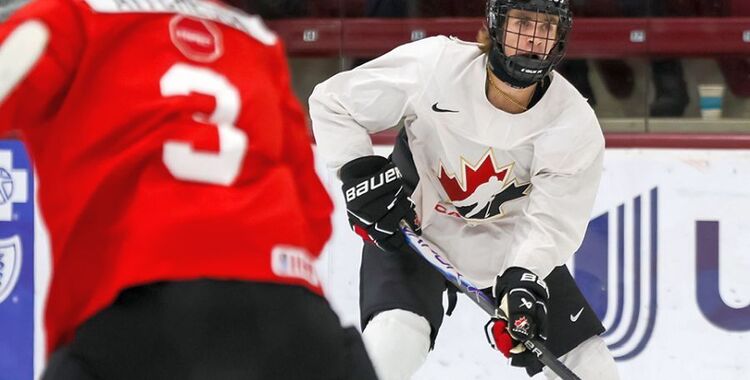
National Junior Team Training Camp Roster Named Ahead of 2026 IIHF World Junior Championship
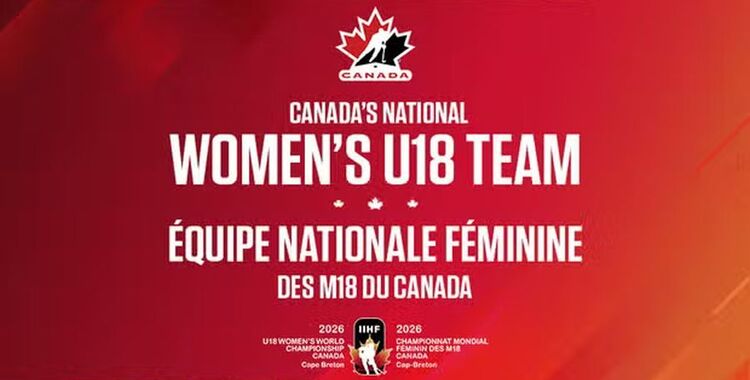
National Women’s Under-18 Team Roster Set for 2026 IIHF U18 Women’s World Championship
